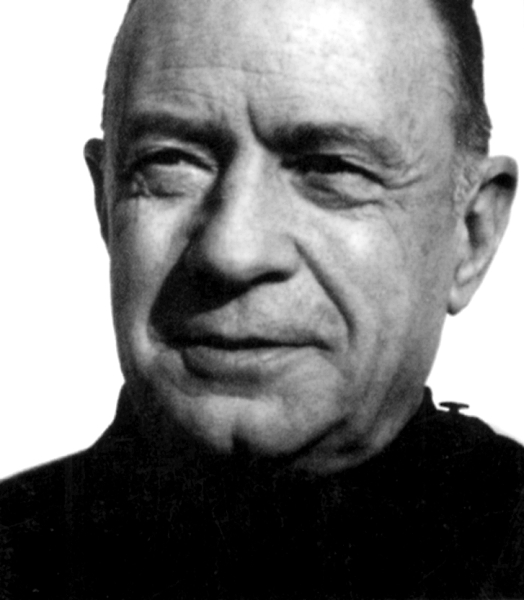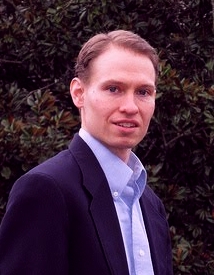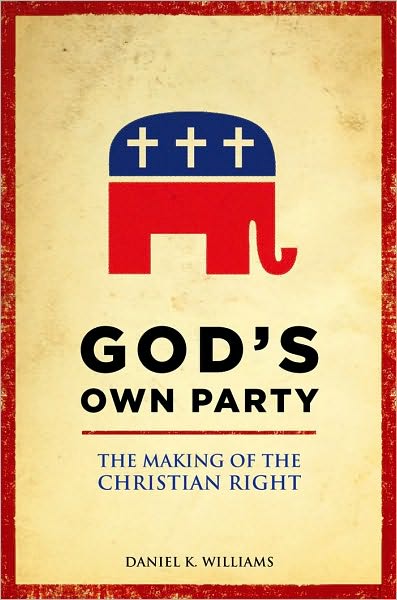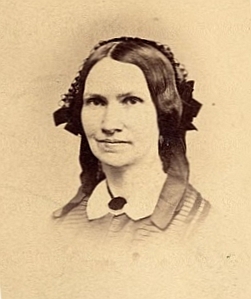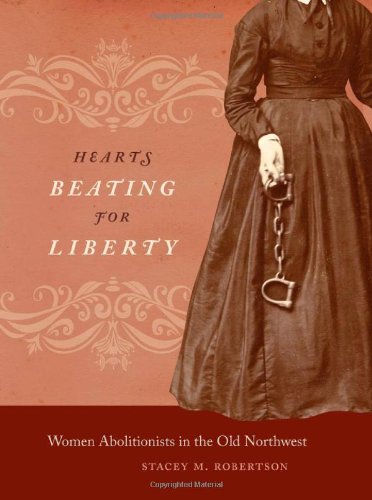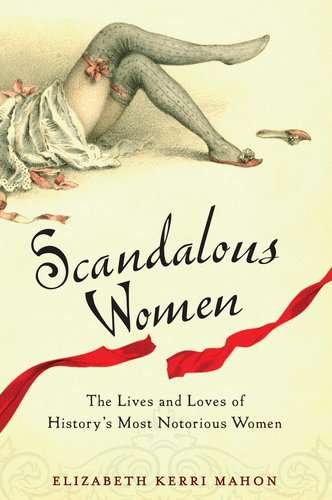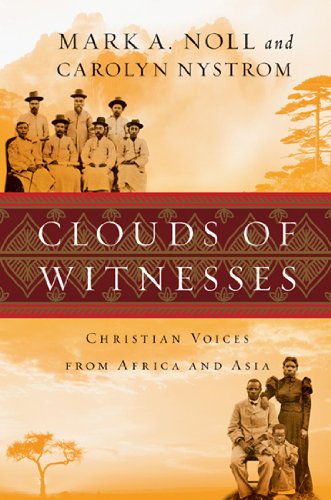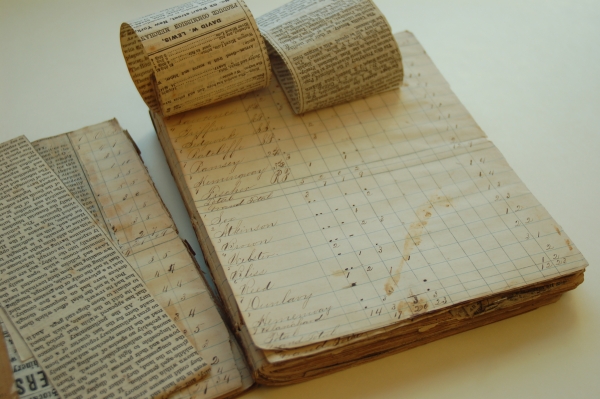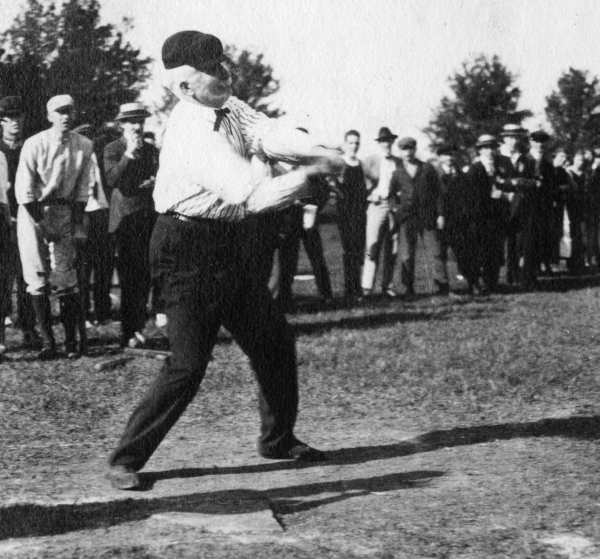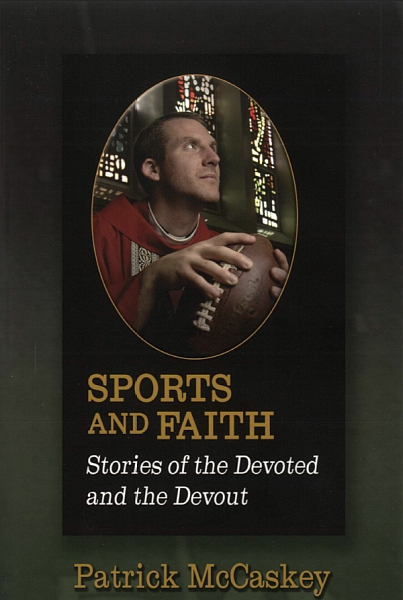 |
John LaVinePhoto: Minnesota Historical Society |
In mid-August 1942 Wheaton College experienced its first war-related blackout. At 10:30pm on August 12th alarms, whistles and air-raid sirens blew sending students to shelters below ground. The following summer 250 soldiers arrived on campus to begin Army Specialized Training Program 3672, otherwise known to everyone as ASTP. The program sought to meet the wartime demands for junior officers and soldiers by training skilled technicians and specialists. Headquartered in the old gymnasium (Adams Hall) the 20-dozen or so men were housed around campus and took their meals in the basement of Pierce Chapel. About a half-dozen faculty were involved in instructing these post-basic training soldiers. It was an interesting joining of forces in that Wheaton College did not adjust its lifestyle expectations for the soldiers while on campus. Due to the final pushes of the war and the need to replace fallen soldiers the program was cut back and was withdrawn from Wheaton in April of 1944.
One of the soldiers stationed at Wheaton for supplemental training was John LaVine. gathered by the Minnesota Historical Society, below are some of his recollections of his time at Wheaton.
“We finished our basic training…and was awaiting transfer to the Army Air Corps when my assignment to go to Wheaton College in Wheaton, Illinois, came through, to the ASTP unit there, and David’s assignment came through to the same college, so we boarded the train with several others and proceeded to return to Chicago. From Chicago we took, I think it was, the North Shore Line, an electrified commuter railroad up to Wheaton, to the college, and reported in there. Were assigned our billets, which were in the college gymnasium, and that was where about 50 of us slept on Army bunks, in Army fashion. Wheaton College was kind of a nice assignment. Wheaton was a fashionable Chicago suburb. I believe it still is. Wheaton College was, I believe, a Methodist school — [it had a] religious affiliation, anyhow. It was a small liberal arts school. The city of Wheaton was “dry” because of its college and Methodist background, so we had to go into Chicago, for the action, and so that’s where we did go. I think we went into Chicago only a couple of times, probably down on Clark Street, and so forth.”
“We were at Wheaton — I think it was winter semester, and then it was quite an engineering and scientific-oriented curriculum– it was not a humanities — and I think I had an Algebra test, and Algebra, although I’d had some in high school, really wasn’t my forte, and I did engage in attempting that famous dictum, a parody of “Victory through Air Power”, the slogan during World War II. I was trying “Victory with Eye Power” on an examination and got caught. If they’d had any sense they’d have bounced me out of the program, but I ended up walking a penalty tour al a West Point. We didn’t have our own weapons at Wheaton College. They had had an ROTC on it, and they had, I think, old Civil War muskets, that they’d fill the barrels with lead, and I was issued one of those — which must have weighed about 40 pounds — to walk around with on my shoulder for a couple of days. By this time, the needs for soldiers was acute with the increasing activity in the European theatre and the imminence of the invasion there, and also in the South Pacific, so the Army decided that it could not afford the luxury of the ASTP program, and so the program was closed down after that one semester at Wheaton College, and we were then returned to real life. The entire unit was loaded onto a troop train in Chicago, destination Camp White, Oregon.”
